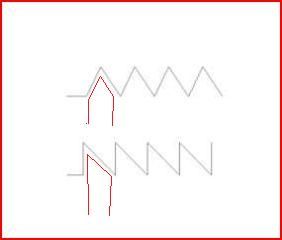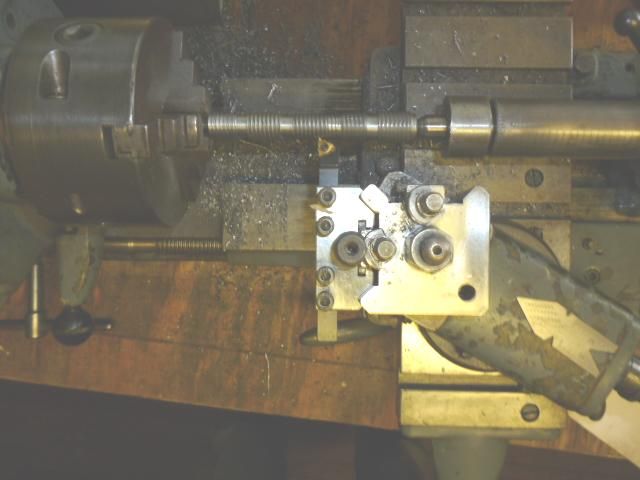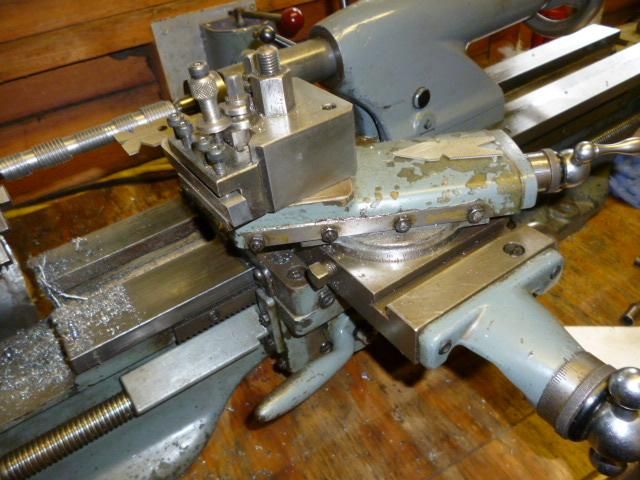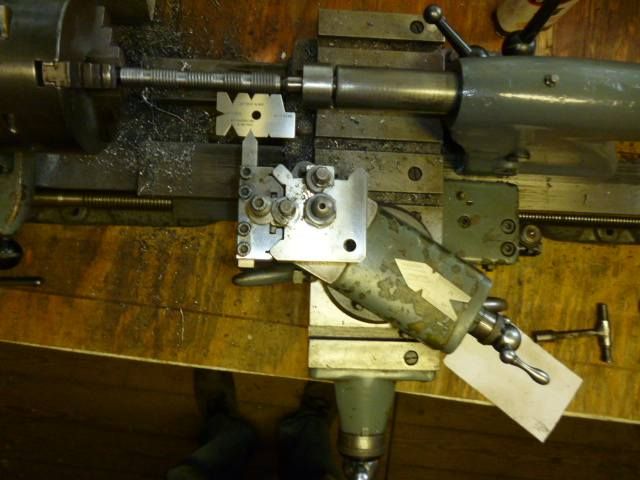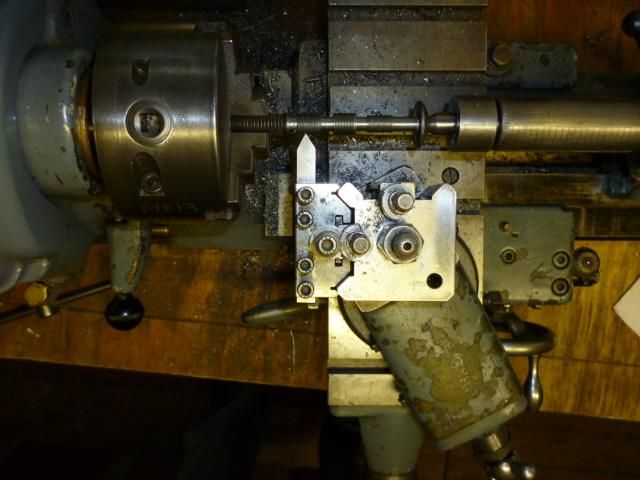cant get angle of thread cut correct
cant get angle of thread cut correct
- This topic has 33 replies, 13 voices, and was last updated 12 May 2016 at 18:43 by
 Martin Connelly.
Martin Connelly.
- Please log in to reply to this topic. Registering is free and easy using the links on the menu at the top of this page.
Latest Replies
Viewing 25 topics - 1 through 25 (of 25 total)
-
- Topic
- Voices
- Last Post
Viewing 25 topics - 1 through 25 (of 25 total)
Latest Issue
Newsletter Sign-up
Latest Replies
- Sieg C1 lathe autofeed and screw cutting
- What Did You Do Today 2025
- Unusual Crow Bar Type Tool? Fire Brigade?
- Astra Elite AR5 Grinder Instructions
- Cheap rust removing solution
- Myford service engineer
- Need help choosing a lathe chuck
- Making ARC’s ‘Versatile Milling Vise’ a little more versatile.
- Chester Champion mill 3 phase questions
- Warco Machines for Sale


